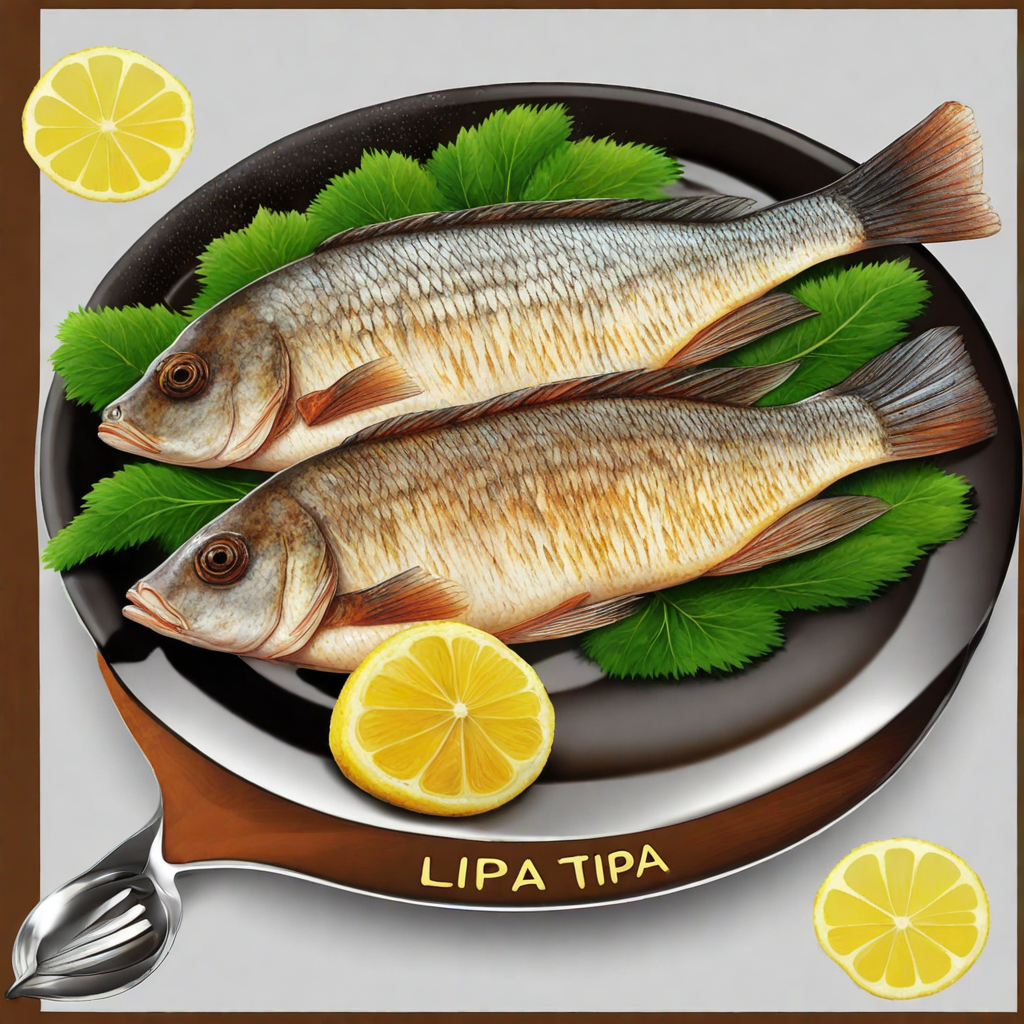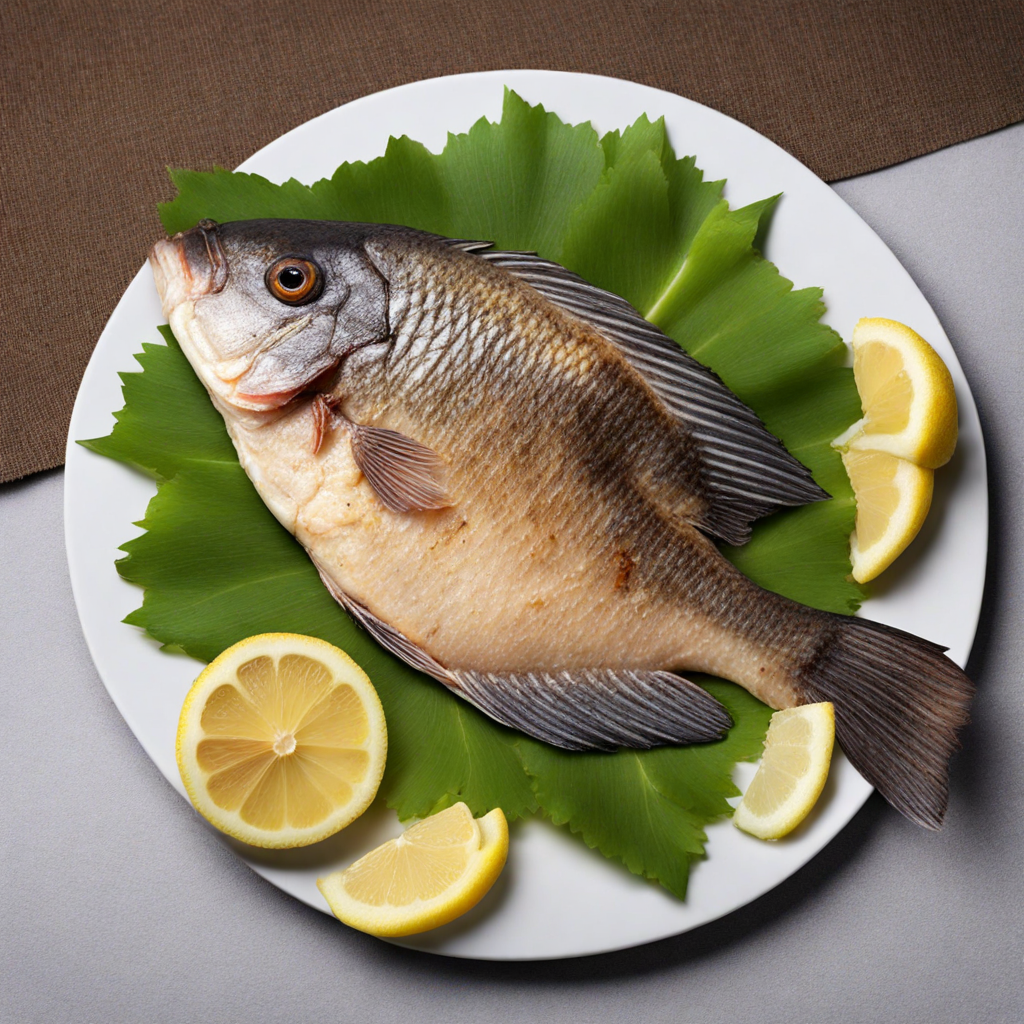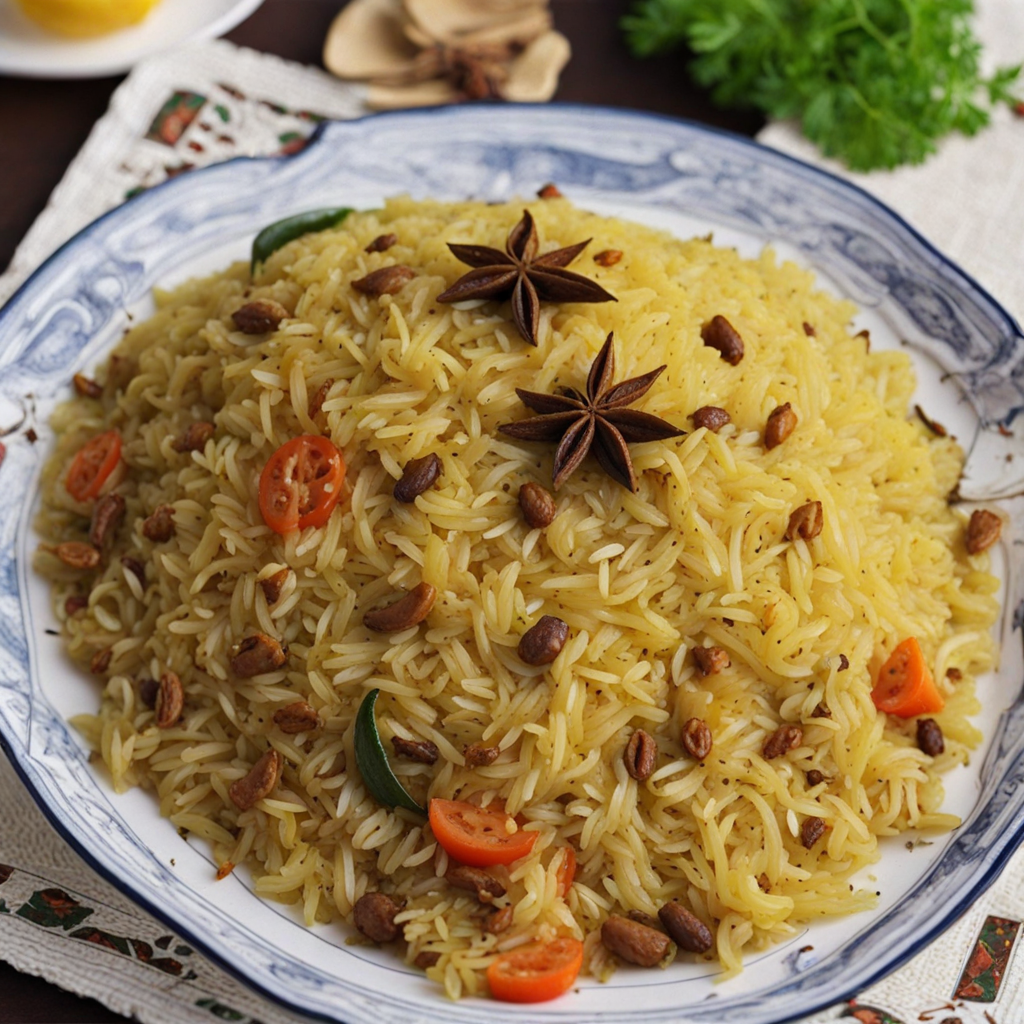Tilapia Fish
Samaki wa Tilapia is a beloved dish in Kenyan cuisine, showcasing the country's rich aquatic resources and culinary traditions. The name translates to "Tilapia fish" in Swahili, emphasizing the central role of this freshwater fish, which is abundant in the lakes and rivers of Kenya, particularly Lake Victoria. The history of Samaki wa Tilapia is intertwined with the fishing practices of local communities, where tilapia has long been a staple source of protein and a vital part of the diet for many households. Over the years, it has evolved into a culinary favorite, often served in homes and restaurants alike, and is commonly featured in celebrations and gatherings. The flavor profile of Samaki wa Tilapia is a harmonious blend of spices and fresh ingredients, creating a dish that is both savory and aromatic. The tilapia itself has a mild, slightly sweet taste, which makes it an excellent canvas for various seasonings. Typically, the fish is marinated in a mixture of lemon juice, garlic, ginger, and spices such as cumin and coriander, allowing the flavors to penetrate the flesh. When cooked, the tilapia takes on a slightly crispy exterior while remaining tender and flaky inside, with the spices imparting a warm and inviting aroma. Preparation of Samaki wa Tilapia can vary, but it is most commonly grilled or fried. In the grilling method, the fish is often placed over an open flame, allowing the smoke to infuse the flesh with a unique flavor. Alternatively, frying in oil produces a
How It Became This Dish
Origin of Samaki wa Tilapia Samaki wa Tilapia, a beloved dish from Kenya, primarily features tilapia fish, which is a freshwater species indigenous to various African lakes, including Lake Victoria. The term "samaki" translates to "fish" in Swahili, and it is a staple in the diets of many communities around the lakeshores of Kenya, Uganda, and Tanzania. The tilapia fish has been part of the region's ecosystem for centuries, and its popularity can be traced back to ancient times when local tribes relied on fishing for sustenance. The choice of tilapia is rooted in its abundance in East African waters, particularly in Lake Victoria, which is the largest lake in Africa and a vital resource for millions of people living in the surrounding regions. This lake has been significant not only for its fish but also for the cultural and economic activities of the communities that depend on it. The historical significance of tilapia is intertwined with the livelihoods, traditions, and cultural practices of these communities, making it an integral part of their identity. \n Cultural Significance Samaki wa Tilapia holds deep cultural meaning in Kenyan society, symbolizing the connection between the people and their natural resources. Fishing is not merely a means of survival; it is an activity steeped in tradition and community engagement. Fishing expeditions often involve families and groups, fostering bonds and the sharing of knowledge across generations. In many coastal and lakeside communities, tilapia is celebrated in various cultural ceremonies and gatherings. For instance, it is often served during festive occasions like weddings, birthdays, and community feasts, where it becomes a centerpiece of celebration. The preparation and sharing of samaki wa tilapia also symbolize hospitality and generosity, as offering food to guests is considered a sign of respect and warmth. Beyond its social and cultural roles, tilapia also features prominently in local folklore and traditions. Many communities have stories that highlight the importance of fish in their lives, often attributing spiritual significance to the waters and the creatures within them. The preparation and consumption of samaki wa tilapia are, therefore, not just about nourishment but also about honoring ancestral practices and the natural world. \n Development Over Time As time progressed, the preparation of samaki wa tilapia evolved, reflecting changes in culinary practices and the influences of globalization. Traditionally, the fish would be cleaned, seasoned with local spices, and either grilled, fried, or stewed. These methods remain popular today, but modern variations have emerged, incorporating international flavors and cooking techniques. In urban areas, the dish has adapted to contemporary tastes, often served in restaurants that fuse traditional Kenyan cuisine with global influences. For example, tilapia is now frequently featured in gourmet dishes, served with sides such as creamy sauces, mashed potatoes, or even pasta, showcasing its versatility. This evolution illustrates the dynamic nature of food culture in Kenya, where traditional dishes can coexist with modern culinary innovations. Additionally, as the fishing industry expanded, the commercial farming of tilapia became more prominent. This shift not only changed the availability of the fish but also influenced its pricing and accessibility to different socioeconomic groups. Aquaculture practices were introduced to meet the rising demand, ensuring a consistent supply of tilapia that could support both local consumption and export markets. \n Health and Nutrition The nutritional value of samaki wa tilapia contributes to its enduring popularity. Tilapia is a lean source of protein, low in saturated fat, and rich in essential nutrients such as omega-3 fatty acids, which are vital for heart health. The dish is often accompanied by traditional sides like ugali (a maize porridge) and sukuma wiki (collard greens), creating a balanced meal that is nourishing and satisfying. Moreover, as health consciousness increases among Kenyans and the global community, tilapia's reputation as a healthy food option has only enhanced its appeal. The dish's appeal transcends cultural boundaries, attracting not only local populations but also tourists and expatriates who seek authentic Kenyan culinary experiences. The rise of health and wellness trends has also sparked interest in sustainable fishing practices and aquaculture, prompting discussions about the environmental impact of tilapia farming. These conversations have led to initiatives aimed at promoting responsible fishing and farming practices, ensuring that the cultural heritage of samaki wa tilapia is preserved for future generations. \n Global Recognition and Influence In recent years, the international culinary scene has begun to recognize the significance of samaki wa tilapia. Chefs and food enthusiasts around the world have embraced the dish, often including it in fusion menus that combine African influences with other global cuisines. This growing appreciation has led to increased visibility for Kenyan food culture on the global stage. Culinary festivals and events showcasing African cuisine have further propelled the popularity of samaki wa tilapia, allowing chefs to share their culinary expertise and highlight the dish's cultural roots. Social media has also played a crucial role in promoting this traditional dish, with food bloggers and influencers sharing recipes and personal stories that connect people to the flavors and traditions of Kenya. As samaki wa tilapia continues to gain recognition outside of its homeland, it serves as a reminder of the rich cultural tapestry of Kenyan cuisine. The dish not only reflects the historical significance of fishing in the region but also embodies the adaptability and resilience of culinary traditions in a rapidly changing world. \n Conclusion: A Culinary Legacy The story of samaki wa tilapia is a vibrant tapestry woven from threads of history, culture, and culinary innovation. From its origins in the waters of Lake Victoria to its place on modern dining tables, this dish represents the enduring connection between the people of Kenya and their natural resources. As it continues to evolve and inspire, samaki wa tilapia stands as a testament to the rich culinary heritage of Kenya, celebrating the flavors, traditions, and communal spirit that it embodies.
You may like
Discover local flavors from Kenya







